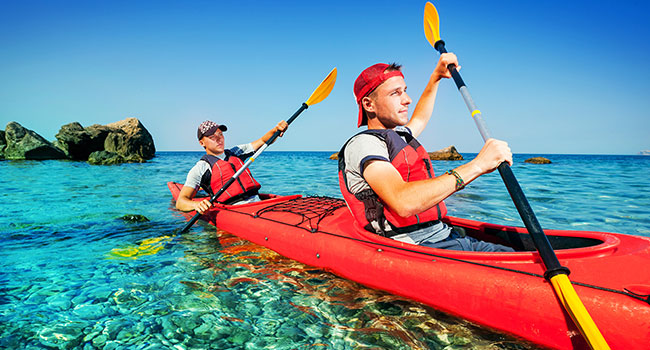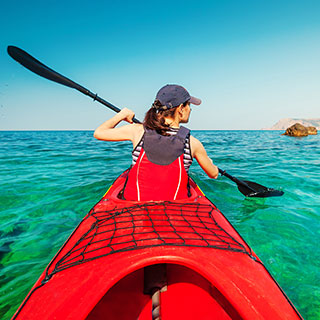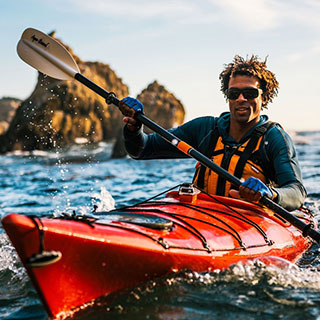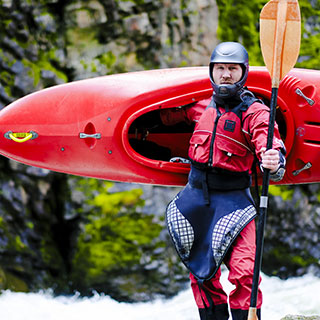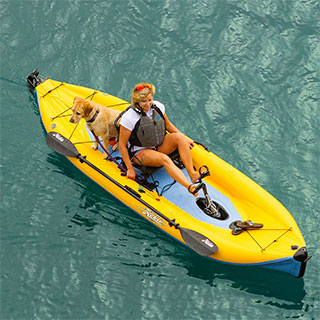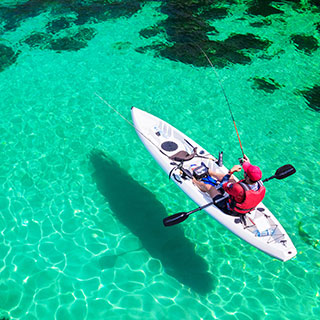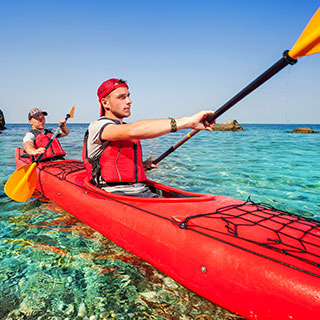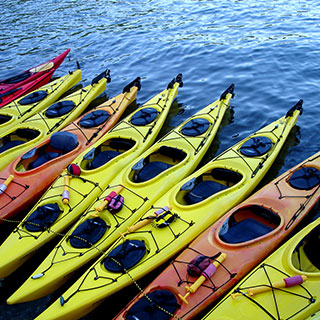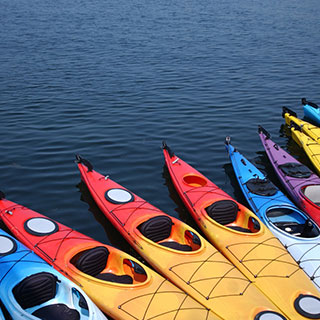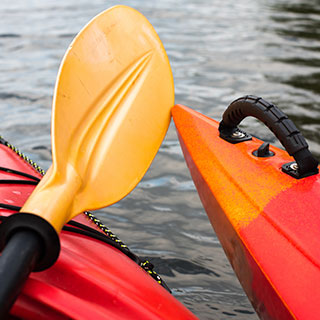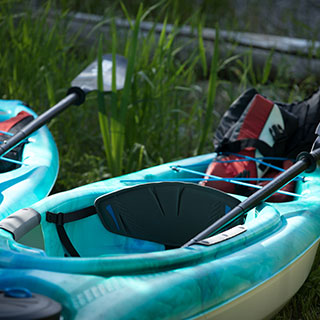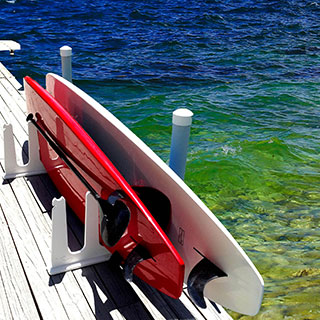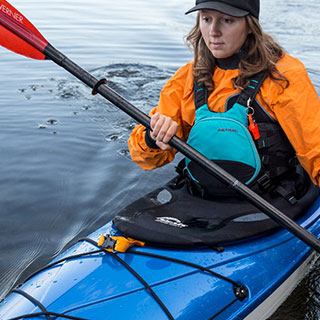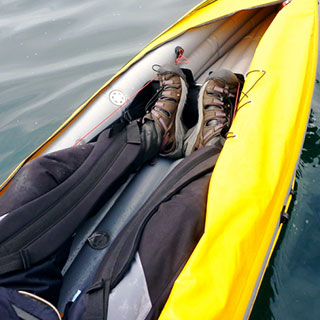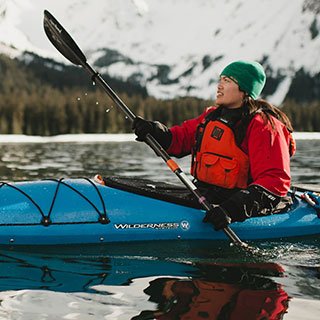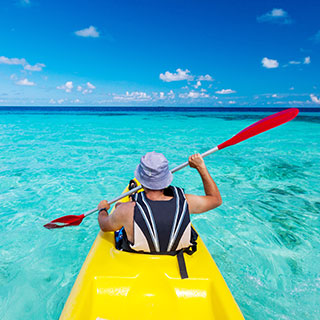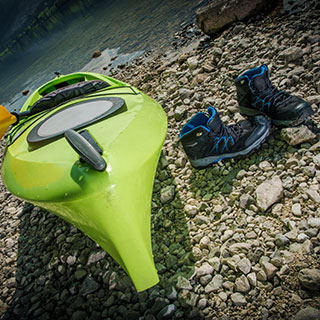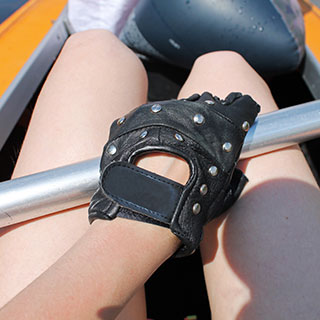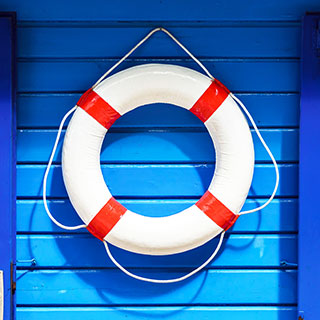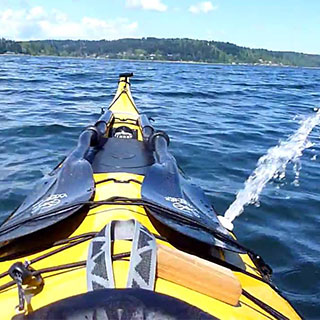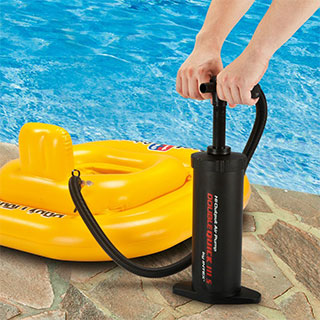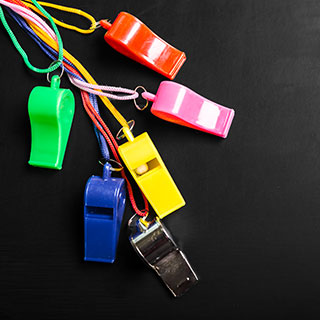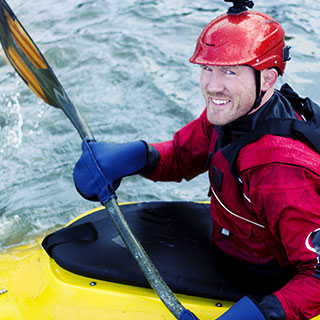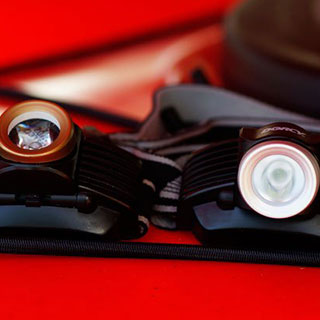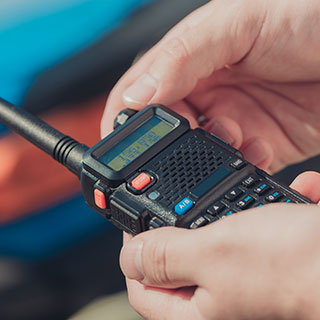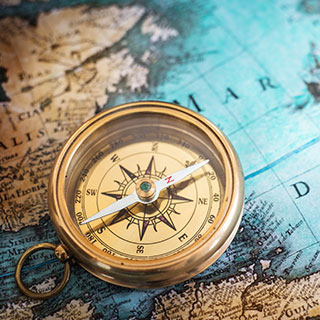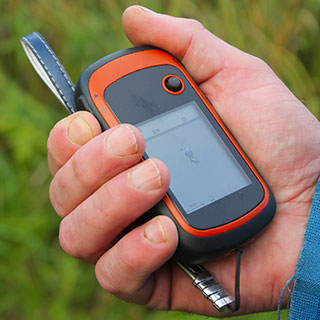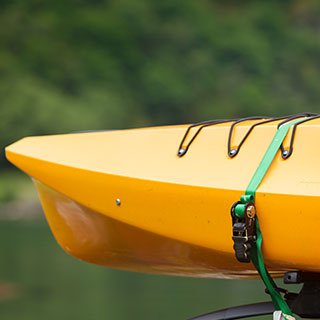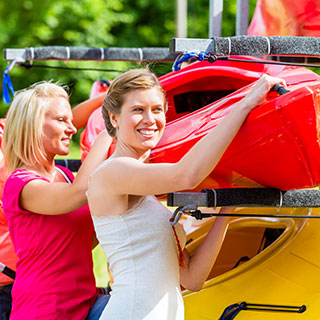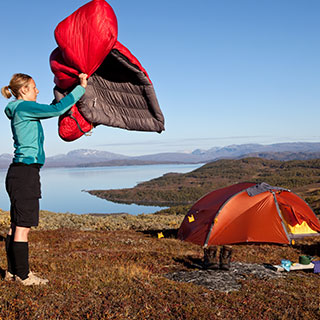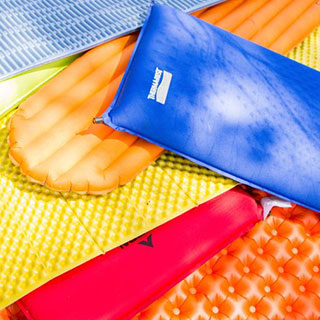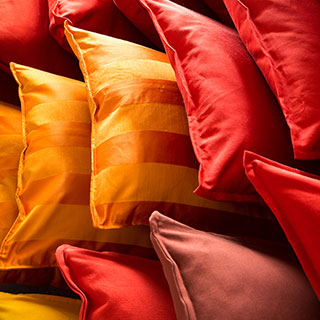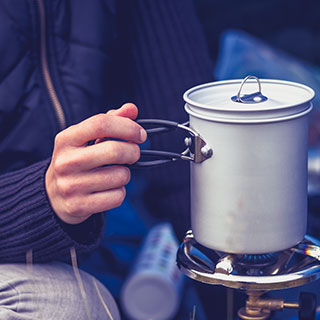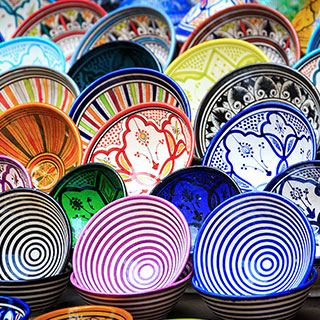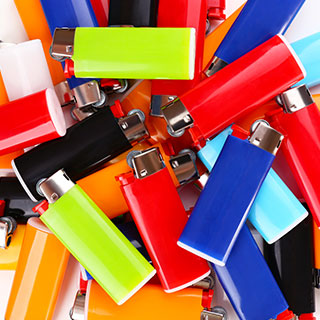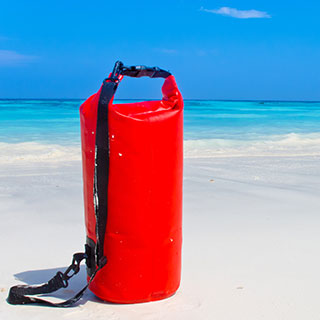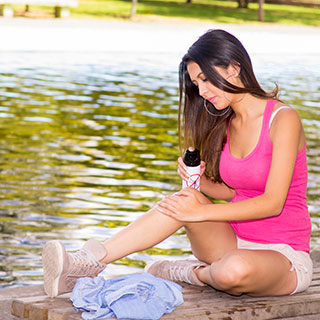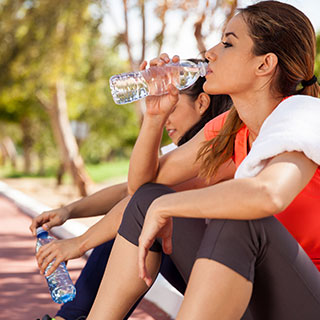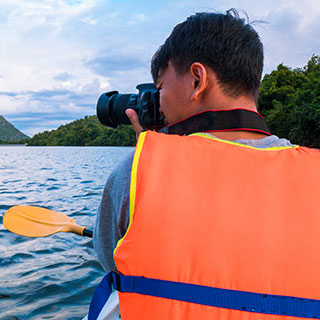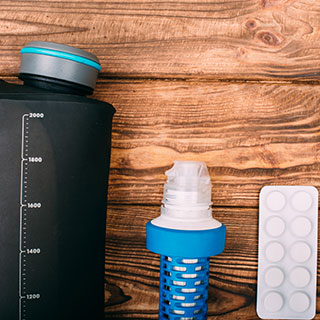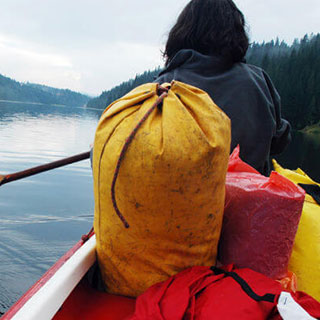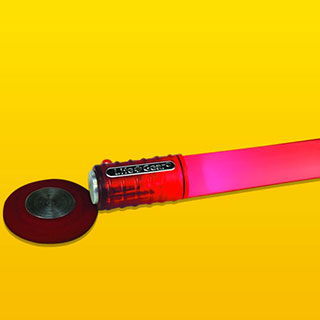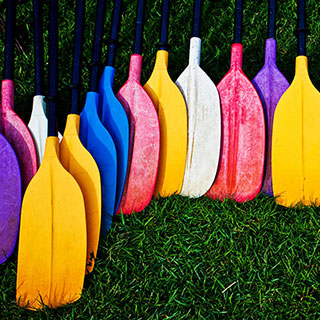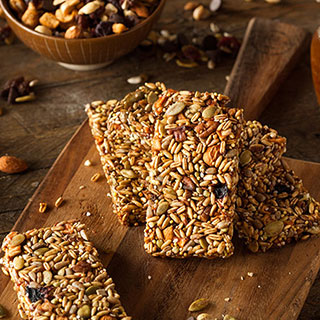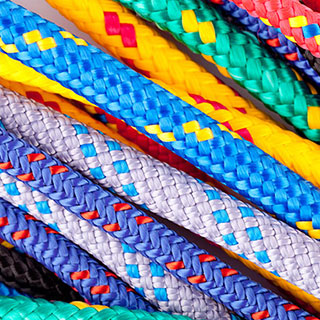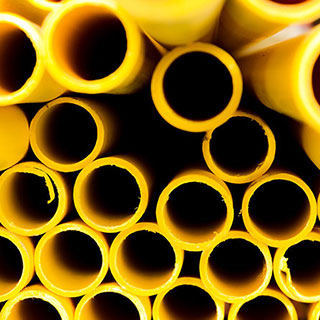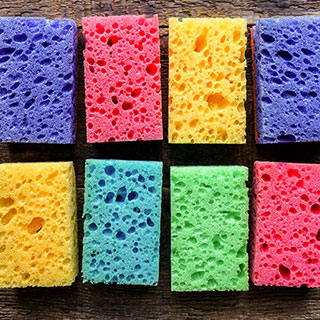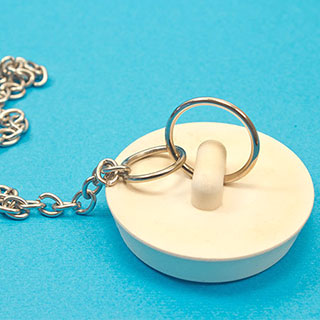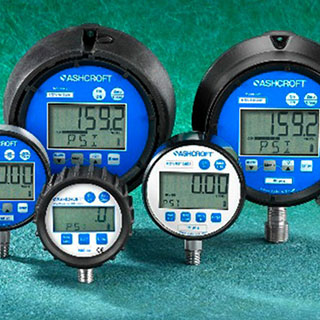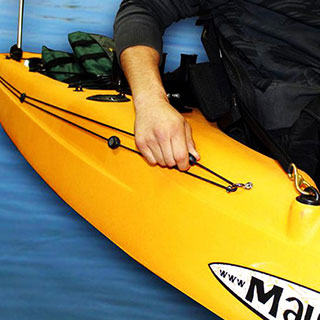In water sports, there are a great many things to enjoy. From waterskiing behind a boat to fishing out of one, many people find pleasure in boats. One such boat that is becoming more and more popular is the kayak. A kayak – for the uninitiated – is a boat that sits close to the water in the same fashion as a canoe, but typically does not have the raised sides. Kayaks have their seat in the middle, and the kayaker sits with their legs forward as they use a long pole with a paddle on each end to propel the boat forward.
AT A GLANCE
Kayak Design and Building
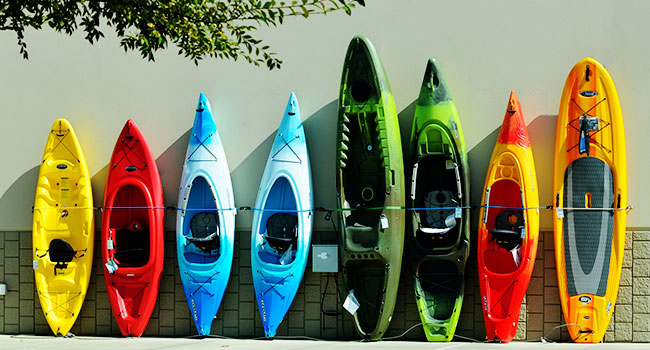
Kayaks are classified by the materials they are made from as well as their design. While the designs themselves often differ based on how they are used, the concept of a kayak tends to remain the same. Kayaks can be built out of plastic, fiberglass, metal, wood, fabric and even carbon fiber. In fact, the original kayaks, created by the Inuit in the far northern part of the Americas, used driftwood or bones to fashion a skeleton, and then used animal skins and even fabrics to create the hull – meaning that despite the materials they are made from, kayaks have not changed significantly over centuries of use. Changes to various elements of the kayak can improve maneuverability, stability or how the kayak performs in the water. Other changes, such as PVC, carbon fibers and rubber, have allowed kayaks to become lighter, easier to carry and transport, and have proven just as durable as other boat styles such as canoes or aluminum fishing boats.
Why Kayaks Are Better Than Canoes
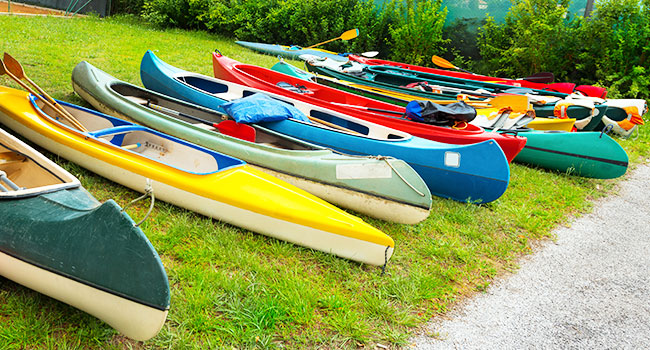
Kayaks now outnumber canoes on almost every waterway. Why are they suddenly so popular? Kayak aficionados compare the kayak to the canoe to show why. Kayaks offer increased maneuverability and are typically easier to paddle by oneself. Canoeists use a single-bladed paddle, which they have to switch from side to side in order to steer the canoe. Kayakers have two blades on their paddles and don’t twist and turn to paddle their boat. Typically, kayaks keep gear dry and handle rough waters better, especially when water comes over the bow. Depending on the type of design, you may have a rudder on the bottom, an enclosed seating area for the legs, and be closer to the water – all things canoes lack. Finally, there is a weight difference between a kayak and a canoe; something important when it comes to transportation and getting your craft into and out of the water alone.
Types of Kayaks
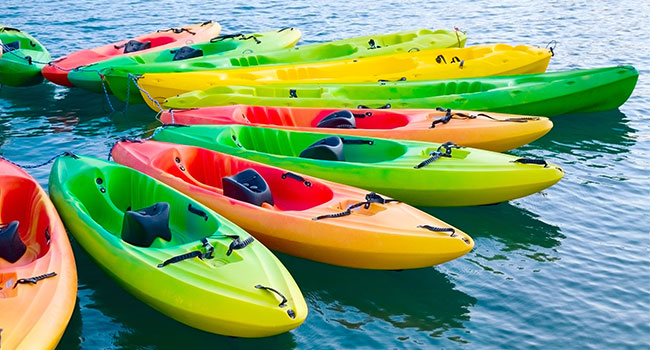
There are many types of kayaks available, and the designs are vast and varied for all different users, dependent upon how they want to use them. Some of these designs include:
Sit on top kayaks are often cited as one of the cheapest models to purchase, the sit on top kayak has the same hull shape as other kayaks but is often made in one sealed piece. This means that the user will sit on top of the kayak rather than inside the kayak as traditionally seen in kayak use. In addition to their easier entry price, these sit on top kayaks tend to be
Touring kayaks tend to conform more to the traditional kayak shape and cockpit, and are built with the paddler traveling for longer distances. While these can be used in almost any body of water, users often select a touring kayak for its ease of use for flat water or somewhat protected waterways such as an estuary or a large canal. While these specific models tend to
Whitewater kayaks actually come in four different types. Playboats have the shortest hull and are designed to ‘surf’ whitewater waves as well as performing tricks such as cartwheels and spins, but tend to be easier to flip over. River runners are quite like play boats in their shortened hull design, but are built to go fast down any number of river types, and are
Inflatable kayaks were once thought of as toys for swimming pools, but are now not only extremely durable but also increasing in popularity for kayakers who travel, but don’t want to haul around the kayak hull everywhere they go. These kayaks can fit in a backpack, eliminate specialized equipment to transport them such as roof racks, and are very
Fishing kayaks are based on the needs of the individual fishing. While these kayaks are available in both sit on top and sit inside models, it can be very difficult to access storage in a sit inside kayak, which many fishermen will need to do. Sit on top kayaks can allow for additional storage and easier access to supplies. There can be a large number of items that a fishing
Sea kayaks are specifically built to handle oceans and other water bodies that have larger waves or a surf action. In addition, sea kayaks are often used for multiple-day trips, and as such have greater storage capacity. The items that set sea kayaks apart from other kayaks include moveable rudders, skegs (a rudder fixed on the lower hull), and a very long
viiSurf kayaks
Surf kayaks are used on oceans like sea kayaks, but for a different purpose. Where sea kayaks often concentrate on getting through breakers and surf in order to get to the more calm surfaces, surf kayaks are designed to be used within these waves coming ashore, much in the same manner as surfboards or play boat kayaks. Thus, the surf kayak tends to
viiiOther kayaks
Other kayaks outside of these specific types and builds also exist. SCUBA kayaks are growing in popularity, as a diver can use it to get through surf and breakers to get to diving areas that would be too far away from shore to swim to, but too close to hazards for a dive boat to reach. They can carry all the items a diver will need to successfully complete a dive and are often a
Kayaking Accessories
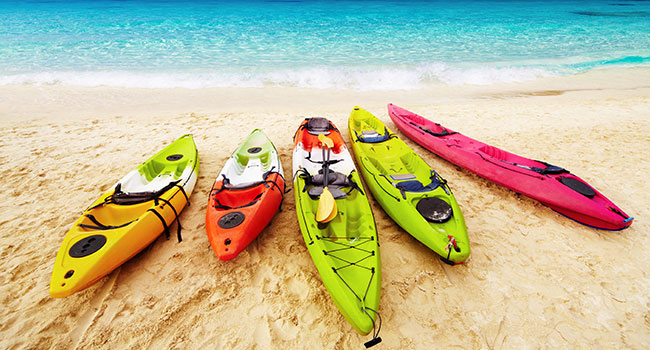
Getting out into the water and enjoying nature in a kayak requires more than just getting the boat out of the store and to your favorite body of water. There are a number of accessories to be considered, not only to make your journey safe and enjoyable, but also based upon the type of kayak you purchase, and what you intend to do with it. Here are some of the accessories to consider:
1. Basic Equipment for kayaking
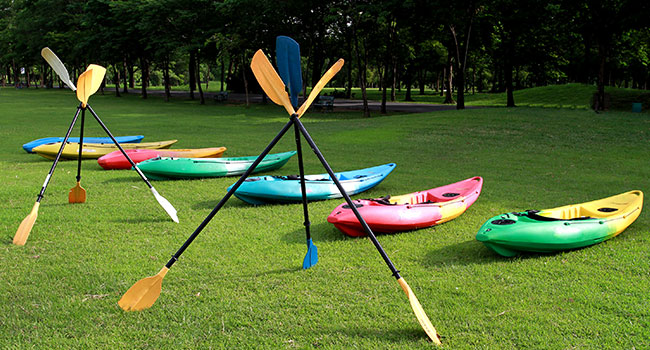
Basic Equipment for kayaking consists of the bare minimum that should be considered when you intend to purchase a kayak. While not all of these basic materials may end up being of use, it is important to review each one briefly so that you may ask well thought out questions when you are shopping for your first entry into the sport.
Each type of kayaking uses a slightly different paddle; it is important to determine which paddle is best for you based on the techniques you use. Kayak paddles have blades on each end; the size, shape, and material will all have varying effects. Shaft materials make a difference as well – the aluminum shaft and plastic blade for a quiet paddle on a lake will cause
The seat for the kayak should be comfortable and should allow you to sit correctly in the kayak. This is where you will anchor your body, and an uncomfortable or malformed seat in comparison to your body could cause significant issues in the future. Fortunately, there are seat pads that can be placed over the seat to increase comfort.
Paddle holders and leashes very necessary for a successful paddling trip. The holder will make your paddle is available once you enter and get seated. Once you are ready to begin paddling, the leash will make certain that losing your grip on your paddle won’t allow it to float away or otherwise be unavailable.
A sprayskirt attaches around the opening of the kayak, and around your chest; some come with shoulder straps as well. This neoprene or nylon cloth will help assist in comfort, as it will reduce the amount of water that gets into your kayak, which will, in turn, reduce the possibility of being wet and/or chilled.
A leg and thigh strap can perform two functions. Firstly, by strapping legs against the kayak, you will have an anchor point that will allow you to create torque with your core when rowing. Secondly, these straps can act as a restraining device in rough waters, preventing you from being knocked around or out of your kayak.
2. Clothing and Footwear for Kayaking
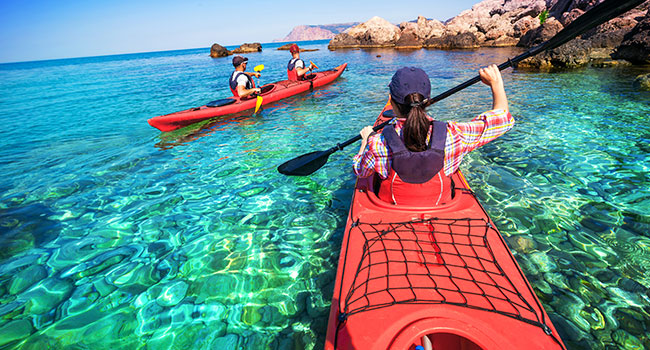
Clothing and footwear for kayaking tend to be different than for other outdoor sports. While you can certainly paddle your kayak in hiking boots and blue jeans, you may be uncomfortable. In kayaking, you will get wet, even if it is simply dripping from your paddle blades. In addition, your apparel and footwear will vary based on the temperature of the air and water, the amount of wind, the weather conditions, and your own personal preferences.
A clothing item that falls under personal preference is the suits. Not the one for business, but apparel such as surfing wetsuits, a dry top or suit that uses Gore-Tex or other water-resistant fabrics to reduce wetness. Some paddlers wear water protection every time they get into their kayak, while others wear little more than swim trunks.
iiHat
Another personal preference is whether or not you could use a hat. A hat can be useful in sunny weather, to shade your eyes and prevent sunburn to your face, ears, and neck. In addition, hats are useful for keeping some degree of warmth for your head during windy or chilly weather.
Kayaking shoes tend to be made in the same manner as shoes or booties for SCUBA diving or snorkeling. Usually made out of flexible neoprene material, these shoes are made to get wet but still provide plenty of traction. Warm and durable, these specially made shoes will provide traction on slippery surfaces as you enter or exit your kayak.
Kayaking gloves are another optional choice. Going for a relaxing paddle on a quiet lake may not require gloves – but they are necessary for extreme environments found in such areas as surf, cold weather or white water rapids. In addition to keeping your hands warm, gloves can prevent blisters and increase grip on your paddle in rough waters.
3. Safety Gear
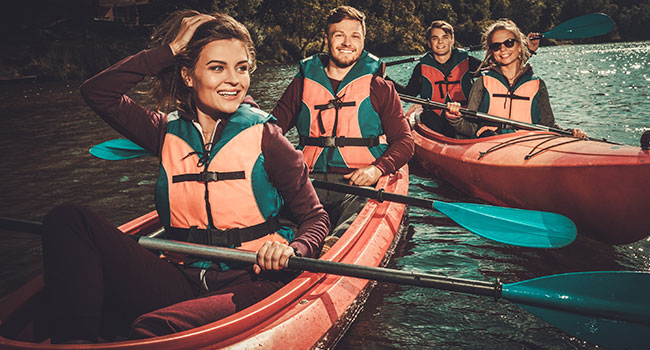
Safety gear is nowhere near as optional as clothing and other accessories are. While there are some items listed here that may seem somewhat silly to have in your kayak, you will undoubtedly be grateful to have them available to you should a situation arise where you need one of these items. As with many other items listed here, it pays to not only shop around for the best item for your circumstances but also pays to understand why they are needed.
Personal flotation devices abbreviated as PFDs – are a safety item some may feel is not necessary if are strong swimmers, but should still be worn. Few argue needing one while white water rafting, but life jackets for kayaking have been created to be comfortable and sleek while kayaking, as well as specific women’s PFDs that fit more comfortably.
A Bilge Pump is an essential piece of equipment, even on calm, still waters. If your kayak takes on water, this device can help you stay afloat until you can make it to a safer place by pumping water out of the kayak. Most of these automatic pumps require permanent installation, but there are models available that are not.
iiiHand pump
Hand pumps do not require permanent installation in the same manner as bilge pumps but serve the same purpose. In addition, hand pumps can be routinely used to get rid of water in your kayak’s crevices and difficult to reach areas before storage or after you take your craft out of the water.
Signaling whistles fit the category mentioned in the introduction to safety gear – you will be glad to have one if the situation arises. For example: if you lose or break your paddle, a signaling whistle can attract other boaters to your location, preventing you from trying to paddle your kayak to shore using just your hands.
Helmets are not always needed in all kinds of kayaking; an unarguable requirement for whitewater rafters but only a recommendation for surf kayaking. Helmets may not be required for a quick paddle around the lake on a summer’s day. However, helmets can protect you if you accidentally capsize or if you slip and fall on rocks or docks!
viKnife
A Knife is always a useful tool, and if you are tangled in branches, ropes or old netting, will help to get your kayak free. While an 18” bowie knife for this purpose, it is recommended that your knife be able to stand up against water and other elements such as salt from the sea.
viiHeadlamp
Headlamps are not only useful in dark situations but can also be used to signal others, even in the daylight. A waterproof light that you do not have to hold in your hands will be important if you are caught out on the water too close to sunset, helping you navigate obstacles until you can make it to safety.
viiiVHF radio
VHF radios will be extremely useful for kayakers in places where the weather can change quickly. By allowing the kayaker to receive notification of dangerous conditions such as lightning, high winds and other uncomfortable and unsafe conditions while out on the water, a VHF radio can help you get ahead of bad weather before it becomes a safety issue.
4. Navigation

Navigation is not only important to have when you are making multi-day trips, or excursions into territories you have not been before. These items are also extremely useful for use on the land as well. Being able to find your way to a certain spot such as a campground or rendezvous point is just as important as being able to orient yourself to your location and get back to the place you launched your craft.
A Compass is always a useful navigation tool in any outdoor sport – and kayaking is no exception. The compass has been the premier navigating tool since man learned that magnetized metal will point north. A compass is somewhat more complex to learn, but it is harder to break and easily waterproofed.
iiGPS
A Global Positioning System reader, or GPS, is much easier to use than a compass. This device takes readings from multiple satellites and uses these readings to calculate your position. However, a GPS is riskier for use in kayaks, as batteries run dead, and if it is dropped without being somehow secured, you risk losing it overboard.
iiiMaps
Maps are a vital part of navigating, both while upon the water, and in getting to and from the body of water to camping sights, sightseeing locations or even rendezvous with friends. There are many types set up on many different scales, so which type you choose will be based on your needs and your skill in navigation. Waterproofing is a must!
5. Kayak Carrier
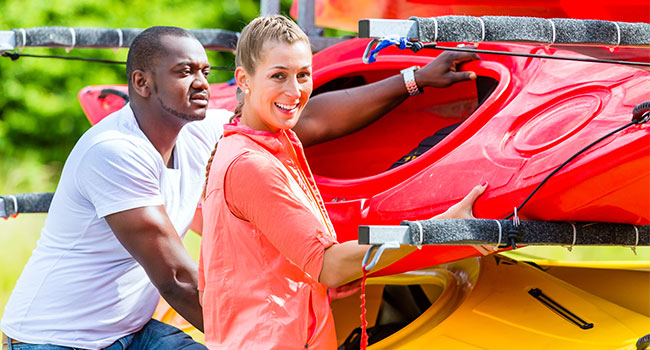
A Kayak Carrier will be extremely useful in transporting your kayaks to places that you can use them. Even if you are fortunate enough to live in a waterside location, it is still useful to be able to move your craft from place to place. Just lashing them to a roof or into the back of a truck may damage these hardy boats; it is better to invest in a transport system rather than take this chance.
Roof Racks come in two basic varieties; temporary pads and purpose-built roof racks. Temporary pads are placed upon the roof and the kayak is then lashed to the vehicle. Purpose-built roof racks create a safe, custom-fitted carrier system for your boat. From saddles to rollers to J-racks, there are many varieties for the kayaker to research.
A Kayak Trailer is another option for getting your craft to the water. Useful for traveling longer distances, a trailer allows you to carry multiple kayaks where a roof rack restricts you to one or two craft. Kayak trailers carry additional items uses with your kayaks, such as your PFDs and other supplies you will use on the water.
6. Accessories for Kayak Camping
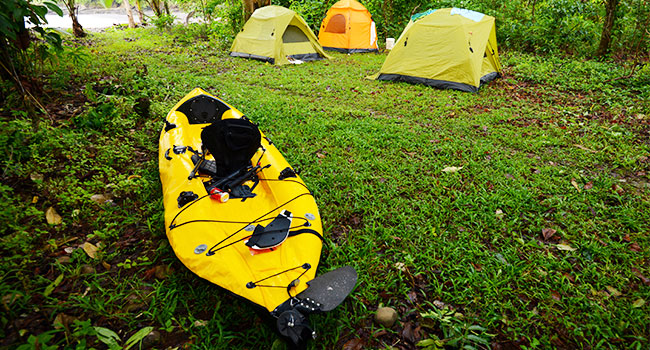
There are many Accessories for Kayak Camping that a kayaker can use for multiple day trips. These articles are common for overnight camping, but when they are packed into a kayak, there are additional issues that one must be considered. Given that it is an inevitability that your kayak will take on water at some time – even if it is only entering and exiting the boat – water-resistant items are valuable to the kayak camper.
A sleeping bag is needed for camping; bags balance water resistance, dry out time and must be warm or cool enough for the environment on top of being comfortable to sleep in. Advances in waterproofing like durable water repellant and Gore-Tex make it is easier to meet the requirements and still be small enough to stuff into a kayak.
Sleeping pads are useful kayaking accessories when camping, as they increase both insulation and comfort while using a sleeping bag. Again, the issue for kayak campers is size; this means that an inflatable mattress may be easier to pack than a foam type pad. However, inflatable mattresses should have increased durability to prevent ruptures.
Camping pillows can be purpose-built for your comfort or may be as simple as filling a bag full of items to rest your head upon. In the same manner, as sleeping bags, a camping pillow should be moisture resistant, packable, and easily dried out if it does get wet. Look closely at labels and features when shopping for one.
A Camping Stove and accompanying Fuel will be a great help to provide hot meals. Many of the mini-camping stoves make great kayaking accessories, as many of the models available are metal and waterproof. They use various types of fuel, such as propane, white fuel, solid tablets or even biomass – aka sticks and twigs, you find in the area.
Lightweight dishes serve well when camping in a kayak. Paper plates are an idea, especially if you have a campfire you can dispose of them in. Another option is collapsible plates, made partially or completely of silicon or other flexible plastic, and can be washed and reused as needed. Either type of dishes and cooking items are easily packed.
Lighters and Matches are indispensable kayaking accessories, and should always be included anytime you venture outdoors. If you fall into the water, getting dry and warm is a requirement; a fire is an efficient way to do this. A fire is also used for cooking, and let’s face it – what is camping without a campfire to gather around?
7. Personal Essentials
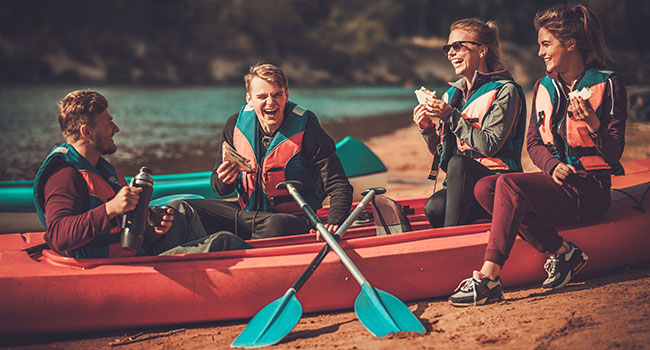
In addition to these kayak camping accessories, there are Personal Essentials that should be considered. If you aren’t able to take care of your body and health while camping, the entire experience could be nothing more than an exercise in misery. Many of these are items that you could take with you on any outdoor adventure, and as such shouldn’t be difficult to find in your local store.
A Dry Bag is a very important essential element when kayak camping. Useful for many outdoor activities, the dry bag will keep the items that you stuff inside it waterless. Made from waterproofed fabric such as rubber or even waxed canvas, the dry bag’s opening will collapse and roll closed, sealing off the contents from a capsizing or spill.
Sunscreen is used anytime you are exposed to UV rays. Sunburn is obvious on sunny days, but you are exposed to UV rays on overcast days. Consider this fact; when you are on the water, the hat you’re wearing may keep direct sunlight off your ears and face, but the UV radiation will bounce off the water’s surface and still burn shaded body parts.
Insect Repellent will make your camping trip more enjoyable as well. Many insects are attracted to the water – especially mosquitos, who lay their eggs in still water – and this means that they will most likely be investigating you for a meal. Sunscreen and insect repellent should be waterproof to ensure that you don’t have to apply it as often.
A Water Bottle allows you to stay hydrated during your trip. In modern times, water is most often not safe to drink, regardless of its appearance. Staying hydrated is very important when exercising. Many water bottles are available for the paddler, from collapsible bottles that will fold and stow away easily to large steel containers that are practically indestructible.
A Camera can be one of the more enjoyable kayaking accessories, although some may not agree that it is essential. Cameras preserve memories for yourself and others and can serve other functions, such as to record places that may be interesting to explore in the future or to document damages to your kayak if needed. Make sure it’s waterproof!
Binoculars will be useful to help spot things from far away, whether it be the identity of that strange-looking bird to determining whether the waterway is passable ahead of you. In addition, binoculars can be used to light fires in a pinch, much in the same way that a magnifying glass is used.
viiSnacks
Snacks are always helpful to keep your energy up; many paddlers state that you don’t just row or paddle with your arms alone, but can use your whole body to maneuver and move a canoe through various obstacles. Smaller snacks that are nutrient and calorie dense tend to be easier to store and provide a way to refuel during long trips.
Water Purification Tablets are essential when you aren’t able to access drinkable water. Smaller than water filter units, and quicker than boiling water, these tablets can be tossed into any water container to ensure you are able to have potable water. There are different types of purification tablets, so be certain you read the instructions on how to use them.
8. Emergency Items

As important as all of the listed kayaking equipment can be, Emergency Items are mandatory for every kayaking trip you take. These items are not unusual when compared to other emergency kits for outdoor sports, but there are additional items that will be added to them that may not be commonly considered when building the kit. In addition, consider finding a way to keep your emergency kit on your person rather than on your kayak in the event your emergency is a dangerous malfunction with your kayak!
A First Aid Kit must always be considered when you are outdoors. Many times, paddlers find themselves in a place that isn’t easily accessible, and may not have rapid access to emergency care. If you create your own kit, be certain you’re planning for the injuries that could occur while kayaking!
The Emergency Dry Bag can hold much of your emergency kit, as well as dry clothes, communication devices such as a shortwave radio for weather or other things that absolutely cannot work if wet, such as fire starting materials. While this dry bag may not need to be large, it is important to have one.
iiiFlares
Flares can be useful for helping rescuers find where you are – especially if you are in a situation where you are injured or immobilized and cannot get to rescuers yourself. In a pinch, flares are also another method to start a fire, especially if all you have is wet wood that won’t light with another method. Keep them dry!
One thing not commonly found in emergency kits is a Spare Paddle. Distinctive to kayaks, spare kayak paddles are very important if you lose your primary paddle, especially in rough waters. Many kayakers use a paddle that breaks down into four pieces – two blades unscrew from the main pole, which itself breaks down into smaller pieces as well.
If you find yourself stranded without food, Energy Bars will help to keep your calorie levels up while you are waiting for assistance. You may find that these bars, despite being high in calories, aren’t truly enough to make a meal – but they will help you survive in an emergency until you can get to a better situation.
Lightweight Rope has a number of uses in an emergency situation. From rescuing yourself from rapids or other water hazards to creating shelters, drying lines, snare traps and even tinder to light a fire. It is wise to make certain that this rope will not change its shape or strength if wet as well as not stretch too significantly.
9. Kayak Maintenance & Repairing Instruments
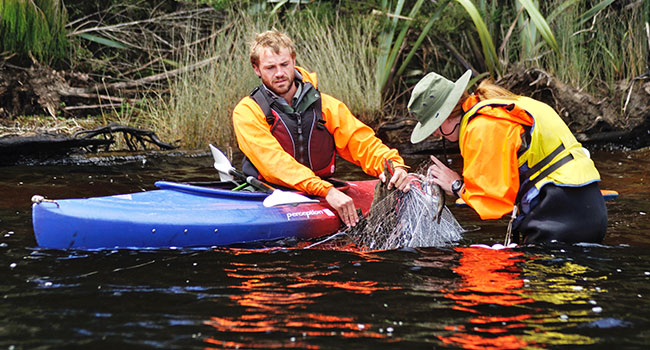
Kayak Maintenance & Repairing Instruments are also very important kayaking equipment to have with you or in your kayak trailer. Having these items to perform routine maintenance, or to enact repairs that may occur while you are out (such as rubbing or crashing into rocks) will not only prevent your kayaking trip from being ruined by an accident, but it will ensure that you will have years of enjoyment with your hobby.
Instant Leakage Stoppers are important when a kayak takes on water while you are using your kayak paddles on the lake or in the rapids and damage your hull. A peel and stick Hippo Patch is a temporary fix that will seal any crack or leak, but won’t harden when it is time to remove it for permanent repairs.
Drain Tubes can be installed in any part of your kayak and will drain water from your craft when it takes waves that seep in. It is easier to install a drain tube into sealed storage compartments that are covered with deck hatches. By opening the drain tube and inverting the kayak, you can easily remove water from these areas.
iiiBoat Sponge
Boat Sponges are useful for managing small amounts of water that make you uncomfortable while you are in your kayak. Placing boat sponges in the cabin that is covered by a spray skirt will help to suck up the water that slips past the skirt, preventing you from having to undo it to get water out.
Drain Plugs are placed inside or outside the hull. Some kayaks have recessed holes that accept drain plugs. The plug itself is like a gas cap on a car that you will screw in until it is tight, sealing the area. Some kayakers place them inside the cockpit or storage to drain water when they are finished kayaking.
Digital Pressure Gauges are for use with inflatable kayaks. They serve an important purpose in three manners: letting the kayaker know if there is a leak, and how much air pressure is currently in the hull. It assists the kayaker in getting the right pressure into the craft, and prevents excessive pressure from accumulating that will rupture the boat.
Spare Rudder Parts will be useful for repairing kayaks that have them, such as sea and surf kayaks, or touring kayaks made for speed. The rudder hangs from the bottom of the boat and will contact an obstacle first. Rudders are made of high strength material but can still break, leaving a kayaker with a hard to control craft.
Care and Maintenance
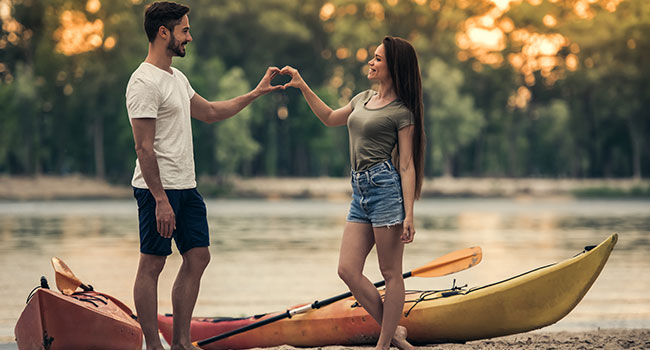
Kayaks are tough – and because of their design and the materials they are created from, they require minimal maintenance to ensure that they will function well over the course of their lifetime. Whether you use them multiple times in a month, or once a year, the requirements really don’t change significantly – something that can’t always be said for other boats. The maintenance, inspection, and repair tend to be quick, simple and most often easily replaced. As the kayak does encounter obstacles that other boats may not (depending on how you use it, of course), it pays to be aware of the items that could need repair or replacement. This will ensure that a little timely care will ensure a lifetime of enjoyment with your kayak.
Inspect the Hull for Damage
While kayaks were created to be used hard, and are a quite resilient craft, they also tend to take a beating because of their reputation and how they are used. As the hull is the interface between the kayaker and the water, expect to see the most damage here. Dings and dents may exist, but they should be carefully examined to see if they have weakened the hull. In addition to damage from use, kayaks can be damaged by long-term If a kayak spends long enough in a high heat environment – such as a metal storage facility – the high heat can cause the hull to warp or even take on holes if it is rubbed against other sharp items. A close inspection will ensure your kayak is ready to float.
Inspect All Hardware, Bungees, and Lines
Located on the top of the hull, it is common to see these items cracked, torn, frayed or loose from hard use. Items like cleats, clips, paddle clips, and padeyes are often made from plastic. While these injection molded nylon or other poly-plastic materials are lightweight and tough, they can become brittle in sunlight, and if they experience enough use, pressure or even carelessness can break. Many hulls will have bungee lines attached to some of this hardware, giving you a place to store items that are of immediate use, or accessed often. Check these lines to make certain they are not frayed, rotting out, torn or no longer elastic, and replace them as needed.
Check the Rigging
Most kayaks will have their own specific set of cables, ropes, halyards, perimeter lines and padeyes. Many of these items will receive wear and tear and should be closely inspected for rubbing, cracking, looseness or breakage. In addition, UV rays tend to harden plastic; it will eventually become brittle and fail. Run hands and fingers over these rigging items, allowing your sense of touch as well as sight to augment your inspection – you may feel something in a perimeter line that you couldn’t see. Also look over the rudder and its attachments (if your kayak has one) to make certain they are fastened tightly and have no deterioration to ensure safe operation of the craft. If you find anything even remotely suspicious, repair or replace it immediately.
Replace Aged Parts with Fresh Ones
This is important for the safety and function of the craft. It can also be important for comfort and operation as well. If your seat, thigh straps, foot pegs, storage compartment covers or other items are aging, you don’t want them to break as you are climbing over surf or maneuvering through rapids. Old rod holders failing while on the water can result in the loss of hundreds of dollars of fishing gear – and ruin any chances of catching fish as well. This can be done when you inspect your craft before taking it out or even better yet, done before storing it. This way, you have in mind what was bothering you or not working the way you wanted it to work and replace it before you store it away. Remember – out of sight, out of mind, so fix those issues now!
Keep it Clean
Dirty equipment doesn’t function well. Grime and salt can accumulate on your kayak, which can not only eat away at items but can also encourage the growth of mold spores and mildew. Personal flotation devices, be they solid foam jackets or rapidly deployable floaters can also suffer from these issues. If a craft and its accompanying items are put away wet, dirty or salty, you most certainly will see some form of damage to the craft. While your kayak will function if you don’t clean it, you can extend its life by taking a little extra time to be certain it has been cleaned, wiped down and dried once you have finished using it.
Wrapping it Up
Kayaking is a wonderful sport, and the number of kayaking equipment accessories can make it more enjoyable. Some items, such as spare paddles and first aid gear are mandatory, other items, such as consoles for gauges, padded backrests or specific paint designs are based on the user. Depending on how you use your kayak, many of these items will increase your safety, your comfort, and – just as important – your fun!


